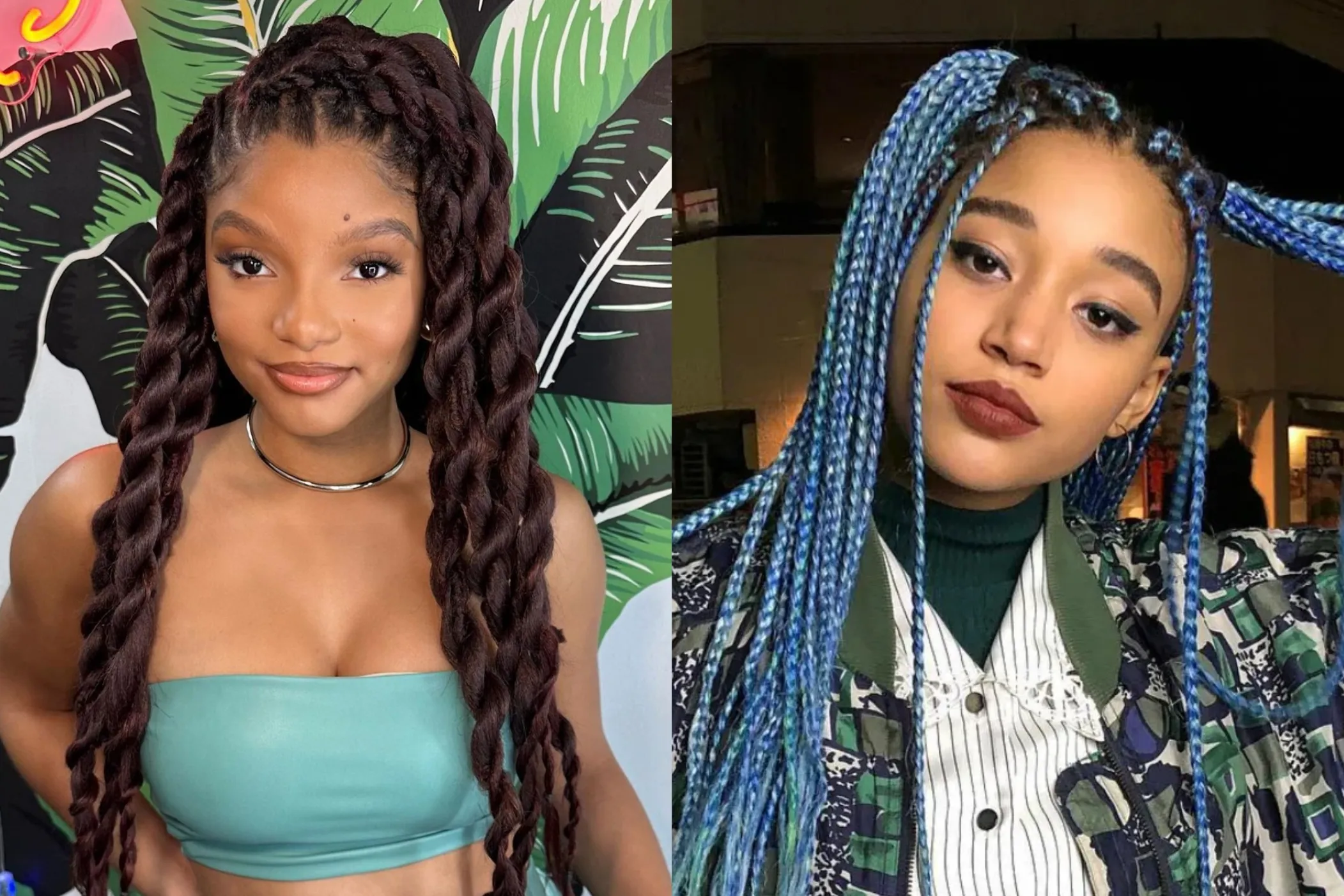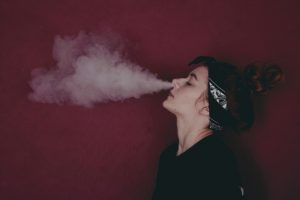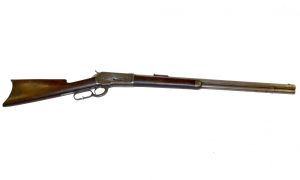How to Choose the Best Protective Hair Styling Options for Your Hair Type
Choosing the right Protective hair styling options can make a huge difference in the health, growth, and overall appearance of your hair. Protective hairstyles are designed to minimize hair breakage, retain moisture, and shield your strands from daily stressors like heat, friction, and environmental damage. However, not all styles work for every hair type. Understanding your hair’s unique texture and needs is essential to select the most effective options that keep your hair looking gorgeous and thriving.
Understanding Protective Hair Styling Options
Protective hair styling options encompass a wide range of styles that safeguard your hair from damage while promoting growth. These styles reduce manipulation, help retain length, and provide an opportunity for your hair to recover from stress caused by heat, chemical treatments, or environmental factors. Common examples include braids, twists, wigs, weaves, buns, and updos.
Why Protective Hairstyles Are Important
Protective hairstyles are not just trendy—they serve a functional purpose. They reduce exposure to harsh conditions, prevent split ends, and maintain moisture levels, which is crucial for healthy hair growth. Additionally, these styles can save time on daily hair maintenance, making them practical for busy lifestyles.
Factors to Consider Before Choosing a Style
Before selecting a protective hairstyle, you should assess your hair type, length, and scalp health. Not all protective styles are suitable for every hair texture. For instance, fine hair may not handle tight braids well, while coarse hair may benefit from styles that minimize breakage. Other considerations include your lifestyle, maintenance routine, and how long you intend to wear the style.
Protective Hair Styling Options for Different Hair Types
Selecting protective hair styling options based on your hair type ensures optimal results and prevents unnecessary damage. Here’s a detailed guide to help you choose the best options:
1. For Natural Curly and Coily Hair
Curly and coily hair textures are naturally prone to dryness and breakage, making protective styles essential. Styles like box braids, twists, cornrows, and Senegalese twists can lock in moisture and reduce manipulation. Loose buns and updos are also excellent for everyday protection without stressing the hairline.
Tips:
- Keep your scalp moisturized with light oils or leave-in conditioners.
- Avoid styles that pull too tightly, which can cause traction alopecia.
2. For Wavy Hair
Wavy hair can benefit from styles that reduce friction and protect delicate ends. Loose braids, low buns, and soft twists are ideal protective hair styling options. Wigs and extensions can also be suitable as long as they are installed gently and the scalp can breathe.
Tips:
- Avoid heavy extensions that may weigh your hair down.
- Regularly detangle gently to prevent knots and breakage.
3. For Straight Hair
Straight hair is generally less prone to tangling but can be susceptible to split ends and breakage from over-styling. Protective hair styling options like buns, French twists, or low ponytails can help reduce stress on the hair. Wigs or clip-in extensions offer versatility while keeping natural hair protected.
Tips:
- Use silk or satin hair accessories to minimize friction.
- Avoid styles that require excessive heat or tension.
Choosing the Right Protective Hair Styling Option for Your Lifestyle
Your daily routine and lifestyle play a crucial role in determining which protective hair styling options will work best for you.
Low-Maintenance Options
For those with busy schedules, styles that require minimal upkeep are ideal. Loose buns, simple braids, and twists allow you to maintain hair health without daily styling. These styles are also less stressful on your scalp and hairline.
Long-Term Styles
If you want to leave your protective style in for an extended period, such as weeks or months, consider box braids, cornrows, or twists. These styles lock in moisture and reduce breakage, but they require proper care and regular scalp cleansing to prevent buildup or irritation.
Temporary Styles
Temporary protective hair styling options like wigs, clip-in extensions, and updos are perfect for special occasions or experimenting with different looks without committing to long-term styles. These styles give you versatility while still offering protection.
Maintaining Protective Hairstyles for Optimal Hair Health
Choosing the right protective hair styling options is only part of the process. Proper maintenance is crucial to ensure your hair remains healthy.
Moisturizing and Hydrating Your Hair
Even in protective styles, hair still needs moisture. Use lightweight leave-in conditioners, natural oils, or water-based sprays to hydrate strands. Keeping your scalp healthy is equally important—consider applying oil to your scalp to prevent dryness and itching.
Proper Cleansing
Regularly cleanse your scalp to remove dirt, product buildup, and sweat. Use a gentle shampoo diluted with water or a co-wash method to avoid stripping natural oils.
Avoiding Excessive Tension
Styles that pull too tightly can lead to hair loss along the hairline, also known as traction alopecia. Always ensure braids, twists, and buns are comfortably secure without causing discomfort.
Nighttime Care
Protect your hairstyle at night with a satin or silk bonnet, pillowcase, or scarf. These materials reduce friction, preserve moisture, and prevent breakage while you sleep.
Common Mistakes to Avoid with Protective Hairstyles
Even with the best protective hair styling options, mistakes can compromise hair health. Avoid these common errors:
- Leaving styles in for too long without maintenance.
- Neglecting scalp care and hydration.
- Using heavy products that weigh hair down.
- Applying heat excessively, even on styled hair.
Final Thoughts: Choosing the Right Protective Hair Styling Options
Selecting the best protective hair styling options requires understanding your hair type, lifestyle, and maintenance capabilities. By choosing styles that minimize breakage, lock in moisture, and reduce daily manipulation, you can enjoy beautiful, healthy hair that grows stronger over time. Protective hairstyles are not just a trend—they are an essential part of a healthy hair care routine. Experiment with different styles, prioritize your hair’s needs, and embrace the versatility these options provide. Taking the time to choose wisely will reward you with hair that looks vibrant, feels strong, and is resilient to damage.
Protective hair styling options are a smart investment in your hair’s future. Start today by assessing your hair type and lifestyle, and choose a style that combines beauty with protection. Your hair will thank you with strength, shine, and long-lasting health.














Post Comment